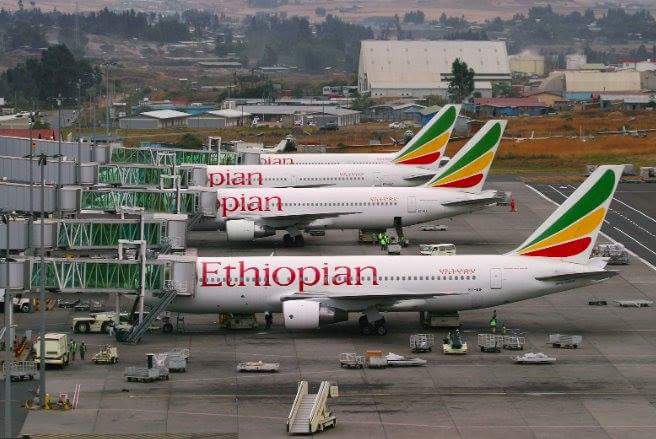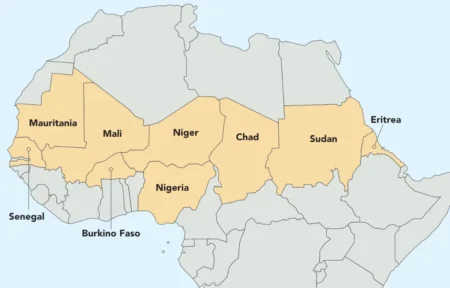The business model for airlines has been fundamentally flawed for decades but the last 20 years or so have been particularly challenging.
Growing competitiveness, a roller coaster of fuel prices, labor unions, and especially the phenomenon of low-cost carriers have made it all the more difficult to reach positive earnings pretty much in every route.
With a number of countries sporting continental distances, Africa has been an exciting promise for air carriers, but not without its challenges. Poor infrastructure and the high cost of maintenance and logistics have plagued the development of an effective air grid in the continent. Nevertheless, a great opportunity remains.
At the beginning of the last decade, South African Airways was a dominant force, carrying some 9 million passengers yearly while Kenya Airways and Ethiopian Airlines combined were just shy of 6 million yearly passengers. However, poor management choices combined with borderline irresponsible behavior from the South African government brought South African Airways to collapse after 80 years of service.
Meanwhile, Ethiopian Airlines and Kenya Airways developed their operations in Africa and beyond. Just before the COVID pandemic hit in 2019, Ethiopian Airlines had broken the 13 million passengers a year mark and Kenya Airways was well on its way to hit 5 million yearly passengers. At the very same period, South African Airways was dealing with its financial problems and despite bail-out attempts by the government, was in no condition to face the pandemic.
![]() As COVID halted global air operations South African Airways was reduced to a mere regional carrier while Ethiopian CEO Tewolde Gebremariam and COO Mesfin Tasew showed vision and quickly adapted a number of aircraft to serve as cargo haulers in what was to become perhaps one of histories largest air logistic operations. The vacuum left by South African Airways meant that the distribution of first necessity goods during the pandemic would now be routed through Addis Ababa and Nairobi.
As COVID halted global air operations South African Airways was reduced to a mere regional carrier while Ethiopian CEO Tewolde Gebremariam and COO Mesfin Tasew showed vision and quickly adapted a number of aircraft to serve as cargo haulers in what was to become perhaps one of histories largest air logistic operations. The vacuum left by South African Airways meant that the distribution of first necessity goods during the pandemic would now be routed through Addis Ababa and Nairobi.
Ethiopian had a clear advantage due to its strategy to acquire equity in a number of local and regional carriers operating in countries such as Malawi, Zambia, and Mozambique. They emerged from the COVID crises as Africa’s largest airline and perhaps one of the only operations in the world to show positive numbers.
Before the global slowdown brought by the pandemic, Africa ranked among the fastest-growing regions in the world for airlines and despite the new economic reality, there is a silver lining on the horizon. While the vast majority of international trade with Africa was dominated by foreign carriers, these former powerhouses are in dire straits and the ramp-up of afcfta should see new trade routes in the continent.
My bet is on the resilience and professionalism of Ethiopian airlines (and so is my loyalty as a client) – time will tell.
By Fabio Scala
Fabio Scala is a director at BNI Bank in Mozambique, an institution he helped to create and served from 2010 to 2014. In his interval from BNI, he served in a UK family office for 5 years expanding its equity portfolio in Mozambique, Zimbabwe, Zambia and South Africa. He is also a board member of Uhusiano Capital, a boutique investment firm focused in impact investment projects in Southern Africa. Prior to his African experience, Fabio has worked in the US, Portugal and Brazil where he started his career at Caixa Economica Federal – the country’s largest state bank.











